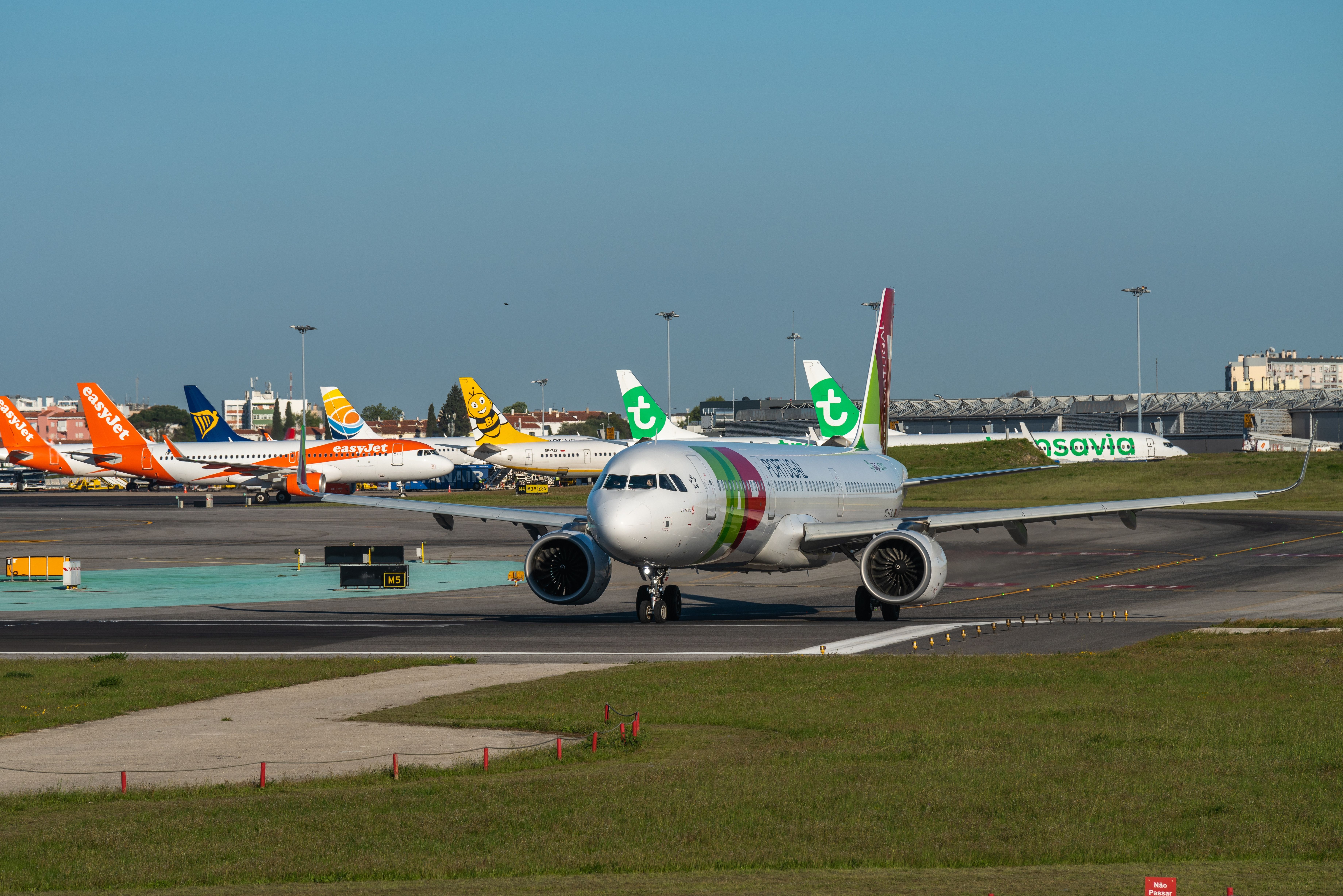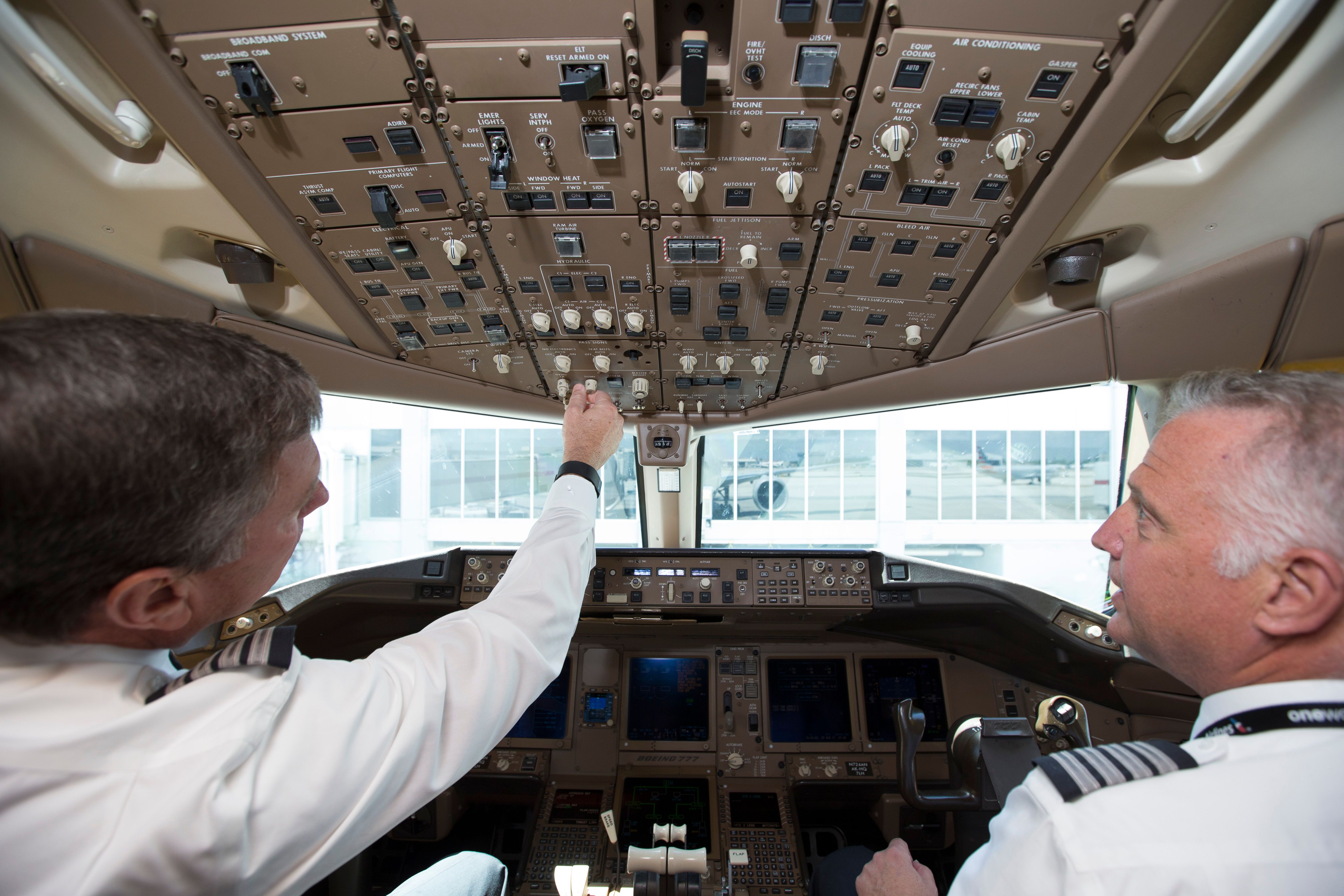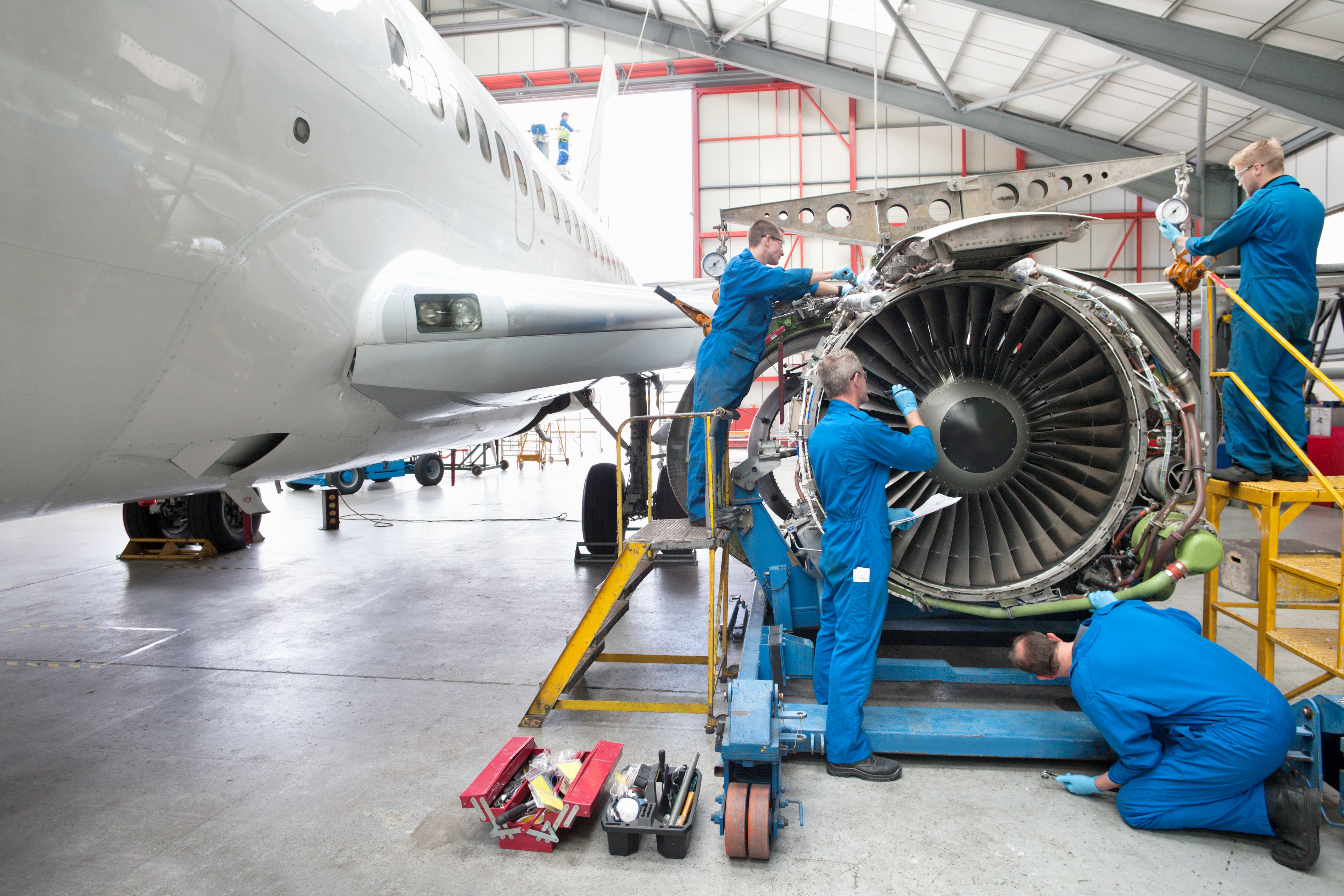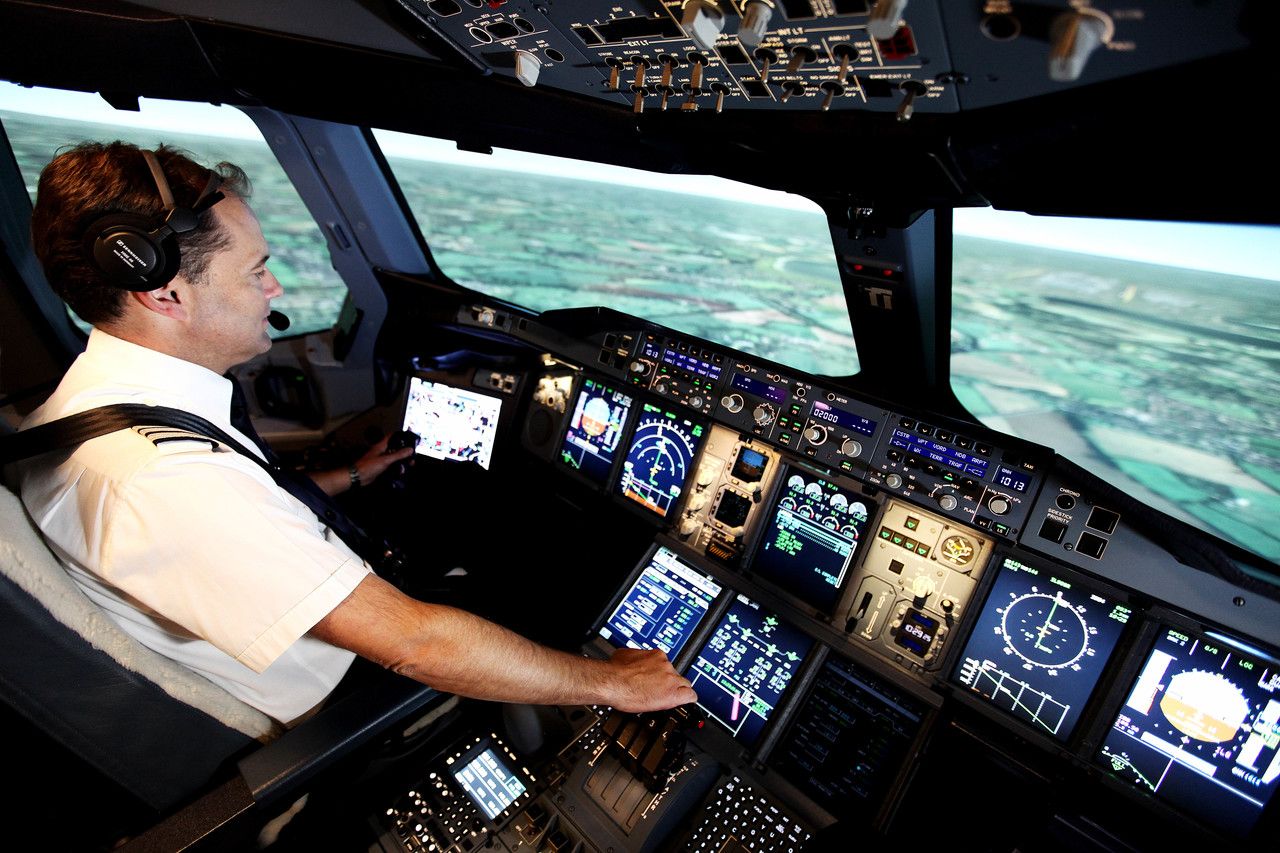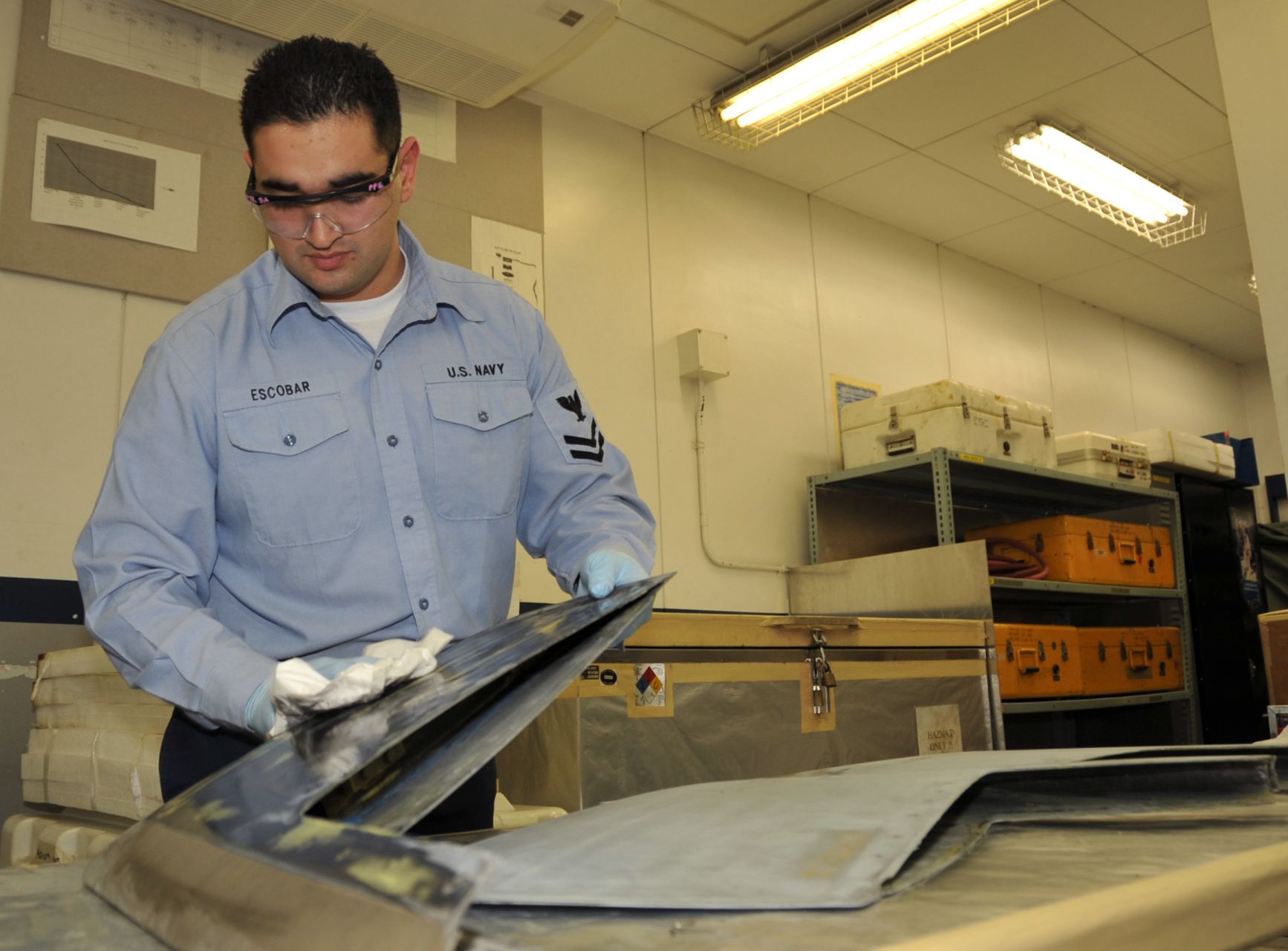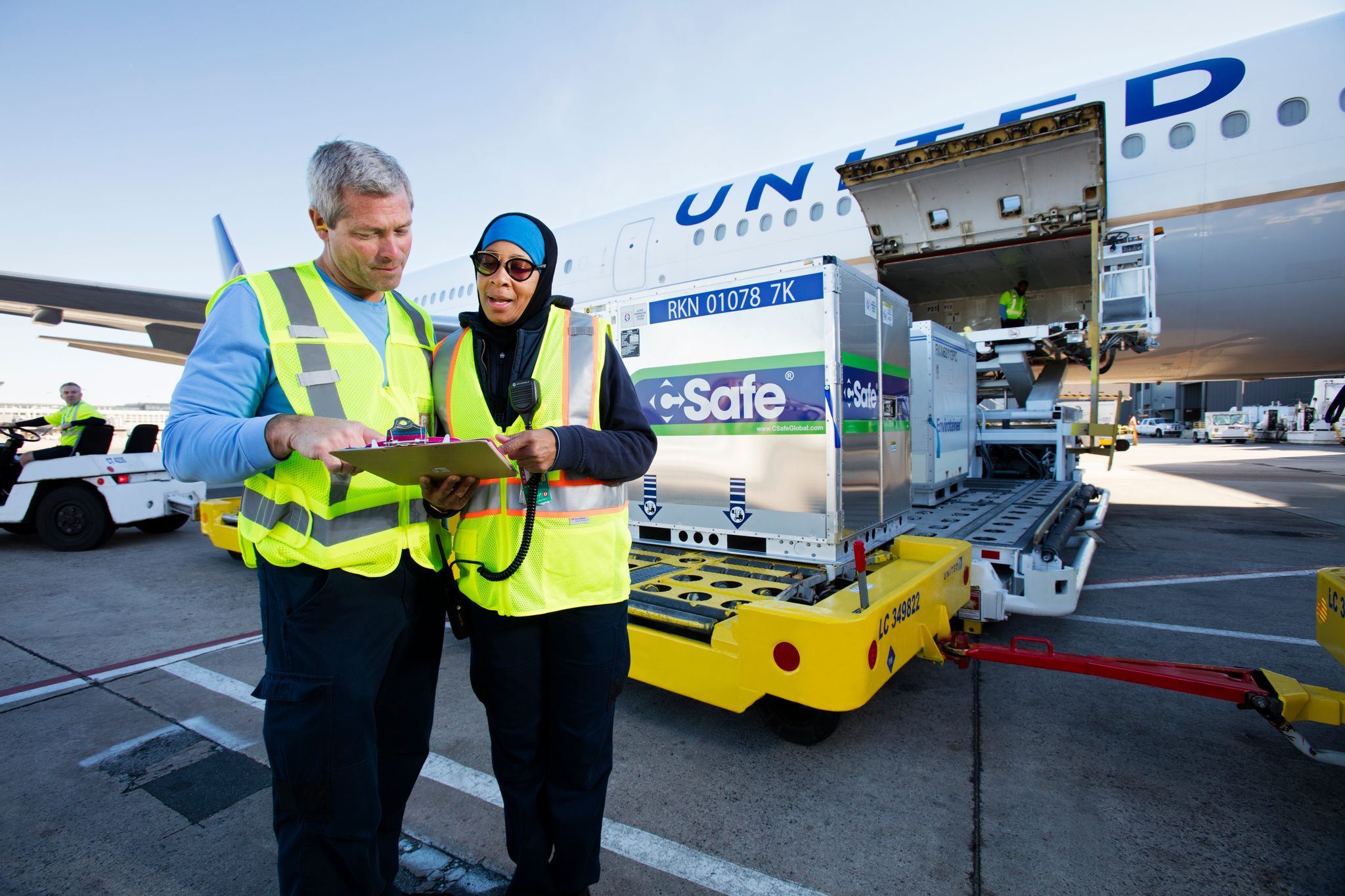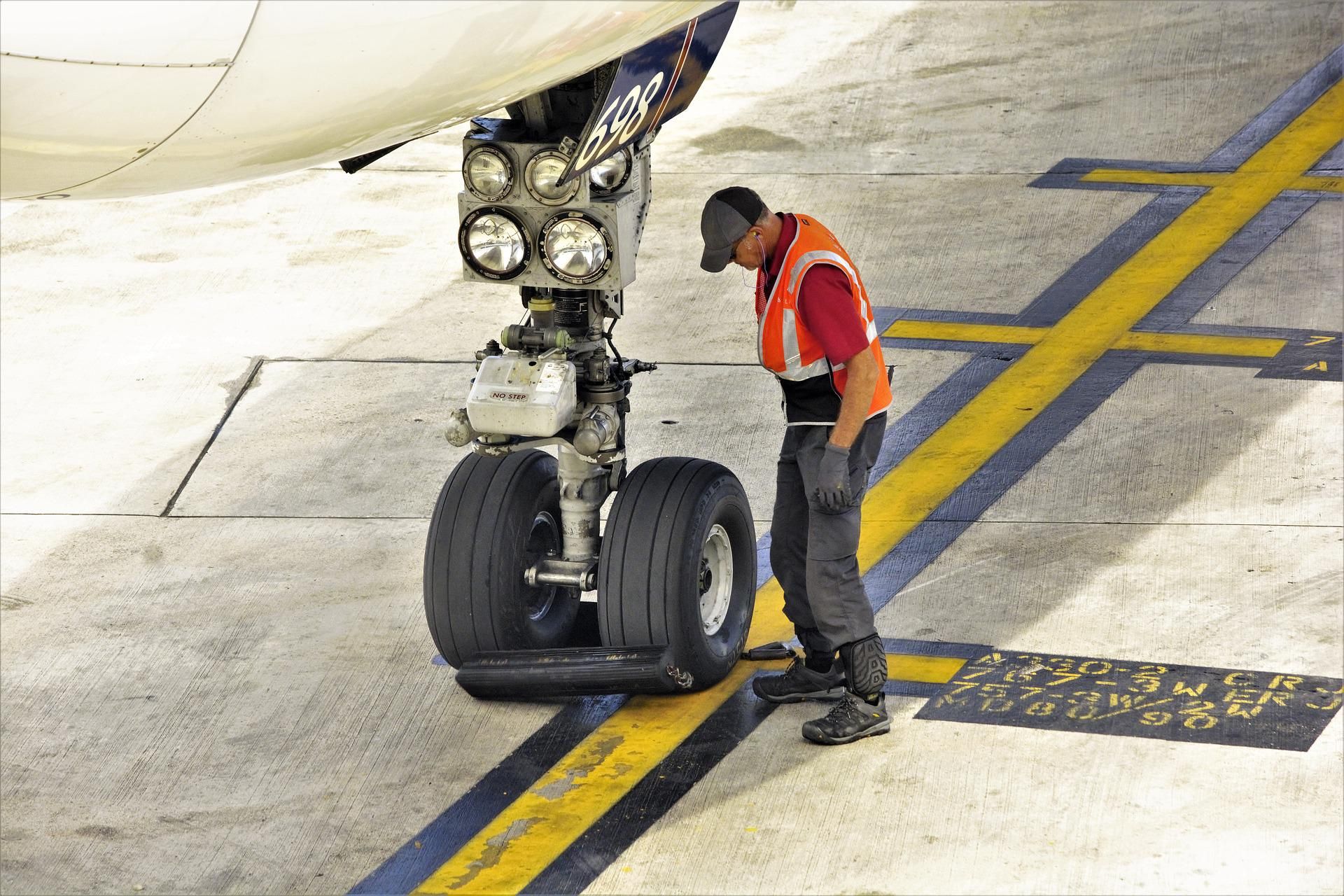Conditions that limit one’s work performance or decision-making and, therefore, affect the safety of aviation processes and methods are considered “human factors.” Safety is the top priority in aviation, and the involvement of human factors in aviation-related incidents and accidents is particularly noted.
Aviation regulatory authorities such as the Federal Aviation Administration (FAA) in the United States and the European Union Aviation Safety Agency (EASA) across the pond have strict measures for compliance with human factors in aviation. The FAA emphasizes the importance of human factors in all aspects of aviation by stating,
“Human factors entail a multidisciplinary effort to generate and compile information about human capabilities and limitations and apply that information to equipment, systems, facilities, procedures, jobs, environments, training, staffing, and personnel management for safe, comfortable, and effective human performance.”
Photo: Wirestock Creators / Shutterstock
Whether it’s the pilots flying an aircraft or maintenance personnel performing repairs on critical airplane parts, training and information related to human factors must be provided. Aviation personnel learn about common errors, aviation accidents, contributing factors, root causes, and best practices. Human factor training is one of the many regulatory aspects of training that aviation personnel in most areas of work must take. Not only that, such training must be refreshed periodically (generally every 1-2 years).
The “Dirty Dozen in Human Factors” refers to twelve of the most common conditions of human error in aviation. A concept developed by Gordon Dupont in 1933 during his time in aviation maintenance with Transport Canada. While the list was conceptualized for aviation maintenance, it was later accepted for all areas of aviation safety. Notably, the twelve elements are not the only precursors of aviation errors, but they cover most aspects of human error.
This two-part article series will explore the Dirty Dozen by briefly explaining each one of the elements. Aviation-related examples are provided where appropriate. Let’s begin with the first six factors.
1 Lack of Communication
Poor communication between the workers appears at the top of the list of most aviation accident investigation reports. For effective communication, the sender, receiver, and the communication medium must be effective. Lack of communication leads to errors, whether because of the communicative parties or a poor medium.
Photo: American Airlines
Airbus states that an increased workload usually leads to a lack of communication between workers. There have been numerous aircraft incidents due to human error where pilots failed to communicate with each other or the Air Traffic Controllers (ATC). Poor communication gives rise to more assumptions and lacks realistic scenarios. Pilots, workers, and even the top management group must communicate efficiently and effectively to ensure there is no room for error.
Recommendations: Aviation personnel must precisely write out the completed work and ensure the other parties understand it. Verbal communication must be repeated and verified.
2 Complacency
The feeling of self-satisfaction and affirmation due to performing specific tasks regularly is referred to as complacency. Complacent behavior can result in ignoring or overlooking the potential dangers of regular habitual work. People only see what they expect to see rather than focusing on and preparing for hidden hazards. Both over-stress and under-stress situations can lead to an individual being complacent.
Photo: Juice Flair | Shutterstock
Under normal circumstances, humans don’t tend to find faults in the system. Instead, they expect the system to work perfectly fine, as it happens most of the time. As such, continuous exposure to typical situations may increase the chances of complacency.
Recommendations: Aviation personnel must always check their work and routine procedures to look for anomalies. Verification of the work is better than having a potential risk.
3 Lack of Knowledge
This is another human performance factor that has resulted in numerous aviation incidents. Not having complete knowledge of the work can result in human errors. Airbus states that an increased workload also contributes to a lack of knowledge. People tend to perform the job without receiving proper education and training. Workers may misjudge situations and make poor decisions due to a lack of information.
Photo: British Airways
In today’s environment, where technology is continuously advancing, and processes are evolving, aviation personnel must stay at the top of their game when it comes to knowledge and training. Most aviation sectors face postponed training due to production having priority over anything else. As such, many incidents related to a lack of knowledge or training can occur.
Recommendations: Aviation personnel must say no to any work that is outside the scope of their knowledge. Agreeing to duties without completing information jeopardizes the aviation industry’s safety. Personnel must always ask for assistance should they feel unprepared.
4 Distraction
In a world where technology is very literally in the palm of our hands, distraction accounts for some of the worst aviation disasters in history. Distractions can also occur in the workplace due to mismanagement of work and responsibilities. While some distractions are unavoidable, such as loud noises or regular interruptions, major distractions must not lead to excessive errors.
Aviation personnel are sometimes also distracted by the amount of work or the variety of things they are involved in. While they may respond to a query affirmingly, the job is not done due to other distractions. Pilots may get distracted by faulty sensors in the cockpit or continuous warnings and alerts. This may limit their ability to make the most sound decisions.
Recommendations: Aviation personnel must go through all the steps that were completed after the distraction is over. It is always preferred to complete a request before responding to an unrelated query. In this way, work will rarely be forgotten or left incomplete after it has been received or agreed to.
5 Lack of Teamwork
Aviation is a vast and complex industry where most tasks are performed as a team. While individual work has its merits, a lack of teamwork may be a precursor to human error. Manufacturers rely on suppliers, and suppliers rely on raw materials experts; the aviation industry is closely linked. As such, teamwork is a necessity to complete tedious tasks.
Photo: United Airlines
An effective organization will establish a team that communicates well and ensures safe and efficient solutions to problems. Competence, willingness, and recognition are essential elements of a good team. Lack of teamwork may result in poor decisions by one or more individuals without consulting the group.
Recommendations: Aviation personnel must discuss all tasks and solutions within the team before making decisions. Tasks must be equally divided among the team members to ensure the effectiveness of results.
6 Fatigue
Prolonged physical or mental work or stress can lead to human fatigue. This physiological phenomenon is very much evident in the aviation industry. Countless air crashes over the decades have resulted from physical and mental fatigue. Aviation regulatory agencies mandate the number of hours individuals in critical positions can work. Commercial pilots, cabin crew, and air traffic controllers are some examples of roles with strict work hours regulations.
Fatigue can cause people to make mistakes and poor decisions. Such exhaustion can also overtake an individual’s temper and lead to anger, mismanagement, and errors. Aviation experts encourage effective sleep, diet, and physical fitness routines for aviation personnel. Increased workload can lead to fatigue and subsequent errors.
Recommendations: Aviation personnel must be on the lookout for signs of fatigue. Whether related to one’s sleep routine or stressful work, early warnings, and remedies, can prevent major aviation incidents. Individuals must also be aware of their limits and avoid engaging in complicated tasks when fatigued.
What are your thoughts on these issues related to human factors? Tell us in the comments section.


